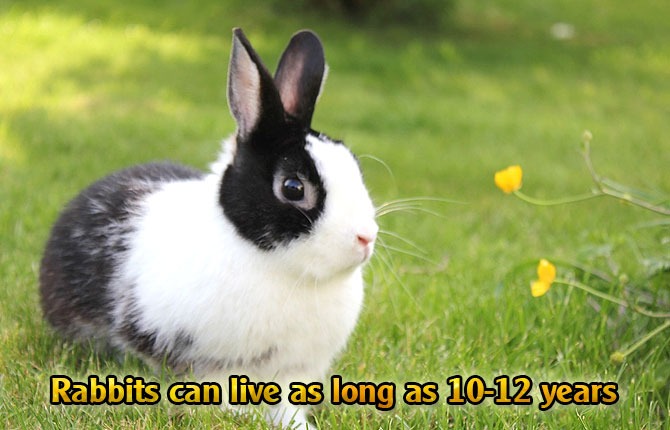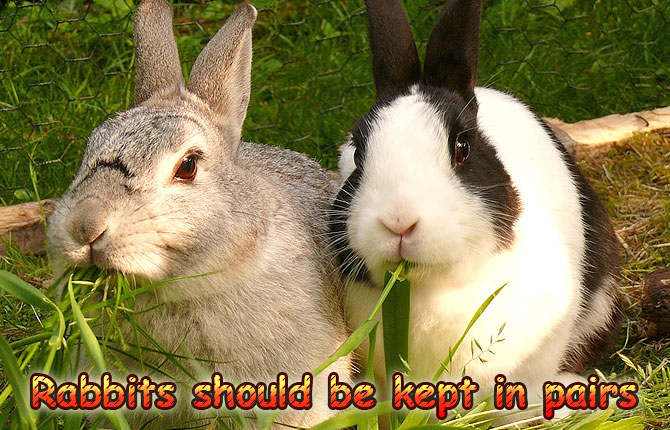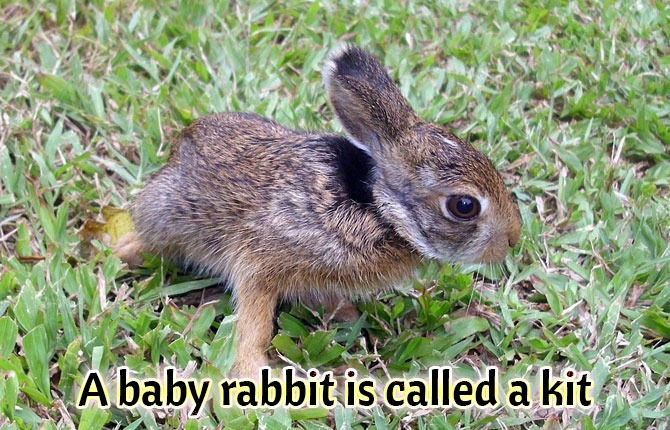Rabbits are one of the popular animals kept as pets. Aside from looking adorable, they are generally clean animals that are easy to train and housebreak. If you decide to own one, stop at this article first and read some more fascinating and interesting facts about rabbits, including where to find the best rabbit house online. So, let’s begin.
Rabbits and hares are “lagomorphs.”
The term originated from the Greek words logos (“hare”) and morphe (“form”). Although rabbits and hares belong to the same order, they have some significant differences in physical appearance, behavior and even lifestyles. The major difference is their chromosomes number; rabbits have 44 while hares have 46 chromosomes.
Hares: They are born with eyes open and fully furred and larger than rabbits. They can run and fend for themselves immediately, even a few minutes after birth. Their ears tend to be remarkably bigger and longer than the rabbit’s ears. So far, no hares have been reported to be domesticated or tamed. They love to make their homes in meadows, fields, and clearings. They make nests above ground, usually live their maximum life as a wild animal. Apparently, they look brown, grey, tan, white and black.
Rabbits: They are born blind and hairless. They have to stay in the nest in the first few days of their lives. Then, they live in burrows. An interesting thing about them is that they can sleep with their eyes open and their nose do not get twitched while sleeping. They are blessed with the extraordinary vision of almost 360 degrees that enables them to find predators coming from all directions.
Rabbits and the bunnies are the same animals
There’s no difference between rabbits and bunnies; it’s just in the names that people prefer to call them. Informally, we call rabbits as bunnies. It is the most affectionate way of calling a baby rabbit as a bunny. A male rabbit is referred to as ‘buck’, and the ‘doe’ is the name given to a female rabbit.
Rabbits are herbivores
This eating habit of rabbits (and also of hares) differentiates from the eating habit of rodents, which will eat both meat and plant/vegetable matter. Rabbits are strictly herbivores. Typically, their diet contains food such as Brussels sprouts, broccoli, and some grasses. Sometimes, they also eat fruits and seed, etc. carrots are quite popular in rabbits, and they are said to be carrot-munching creatures. Another, but weirder thing that rabbits can eat, is their own feces.
All about rabbits’ behavior
One of the cutest behavior of rabbits is that they hop when they are very happy and twist their ears and pin them. This cute behavior is called a binky. When rabbits are frightened, they hide in their burrows. In some cases, rabbits start thumping the ground with their feet to warn other rabbits that danger is approaching towards them. Rabbits are sensitive to unfamiliar scents which make them uncomfortable with the environment. Panting is the sign of aggression in most of the rabbits. Sometimes, they become so much aggressive that they start biting to release their aggression.
Rabbits are territorial animals that live in loosely organized social groups
Rabbits form loosely organized groups. They live in a group of underground burrows or tunnels, which is called a “warren.” These warrens are connected to special rooms for nesting and sleeping. Rabbits are smart enough to dig multiple entrances of Warren for emergency escapes. Depth of warrens can be around 3 meters. Some are as big as tennis courts as well.
Rabbits can jump up to one meter high and three meters long
Rabbits are amazing jumpers because of their impressive back legs built for evading predators in a hurry. According to The Guinness Book of World Records, it was documented, the highest jump which was achieved by a rabbit named MimrelundsTösen, owned by TineHygom of Denmark. The rabbit made the world-breaking leap at 39.2 inches (99.5 centimeters) in June 1997. Both the rabbit and its owner were members of a local rabbit club in Horsens, Denmark. People often conduct rabbit jumping competitions to show off their pet’s agility.
Rabbits are meticulously clean animals and are easy to housebreak and train
Much to the surprise of many people, rabbits are remarkably hygienic, clean and can be easily trained and housebroken. They love and prefer soft bedding. They generally don’t need to be bathed as they clean themselves on their own by licking their fur and paws. Rabbits are adorable and wonderful indoor pets. This is good news to anyone who wishes to own a pet rabbit. One must know that rabbits are very social creatures so they must be kept in a place not completely secluded from the family. Social interaction is very important for rabbits. You can toilet-train a rabbit outside or in the litter box; it’s best to do this while the rabbit is still young. Rabbits don’t really like traveling or shifting homes; this makes them aggressive sometimes. They are high maintenance pets so think about these important habits of rabbits before adopting them.
Rabbits can live as long as 10 to 12 years
Few rabbits can be as old as 14 to 18 years of age. If rabbits care well, they can live longer. The oldest-ever rabbit on record was Flopsy, a wild rabbit who was in caught in 1964. He went on to live for 18 years and 10.75 months and died in Tasmania, Australia. This is almost the same lifespan as that of some dogs which require extensive care and long-term commitment.
Rabbits have a gestation period of around 31 days
Rabbits are one of the most prolific animals. The average size of a rabbit litter ranges from 4 to 12 baby bunnies, called “kits” — which are born after a 30 to 31-day gestation. A male rabbit (called a “buck”) can become sexually mature as early as seven months old, and a female rabbit (called a “doe”) as early as four months old, and at this point, they are ready to reproduce. It means that a single female rabbit can produce as many as 800 rabbits in a year! Approximately, three to eight babies are produced from each pregnancy. A baby rabbit (bunny or kitten) in two or three months is ready to reproduce and start a family of its own.
Rabbits should be kept in pair
Rabbits are gregarious — in the wild, they live in herds. That’s why it makes sense that if you want to own one rabbit, you should get another bunny for companionship. Due to their social behavior, they love to live their lives in groups or colonies.
A baby rabbit is called a kit
A lot of people call a baby rabbit “bunny,” but it’s just a term of endearment for a rabbit of any age — think of Bugs Bunny! A baby rabbit is correctly called a “kit.” (kitten)
A female rabbit is called a doe
A doe is also called a “dam” when she has had her kits (baby rabbits). An “intermediate doe” refers to a doe who is six to eight months old. This term is used especially at rabbit shows to determine classes.
A group of rabbits is called a herd
A “herd” is a group of rabbits that are living and traveling together.
A male rabbit is a buck
A male rabbit who is six to eight months old is called an “intermediate buck.” This term is used especially at rabbit shows to determine classes.
A rabbit’s teeth never stop growing
One of the few similarities between rodents and lagomorphs (rabbits and hares) is their teeth — they never stop growing! That’s why rabbits routinely chew, which a lot of people believe, is their way to keep their teeth short. Rabbits love to chew and taste certain things; this is how they explore different things. Also, chewing is a fun play for rabbits.






